If you’re constantly feeling anxious or panicky, chances are you’ve tried everything under the sun to help yourself feel better. You’ve meditated, read self-help books, taken antidepressants, and even seen a therapist. But nothing seems to work. Maybe it’s because you haven’t found what works best for you. Or maybe you’ve just been looking in the wrong places. One great option to explore for anxiety is brain training therapies, like neurofeedback.
Industry research on this type of therapy has shown that it can improve symptoms of anxiety disorders. Here’s what you need to know about this type of anxiety treatment.
x
Neurofeedback is Non-invasive
When you first hear about neurofeedback, it should be like one of those things that’s too good to be true. But it does work. Neurofeedback is a non-invasively administered, non-pharmaceutical treatment that works by helping people learn how to regulate their brains.
During neurofeedback sessions, trained clinicians monitor each patient’s brain activity while he/she performs certain tasks or experiences certain stimuli. Then, based on the information gathered during the session, the clinician uses biofeedback technology to help patients train themselves to increase or decrease specific brainwaves.
The goal of neurofeedback for anxiety is to help the patient achieve a state of calmness and relaxation. Patients report feeling calmer, happier, more focused, and able to cope better with life’s challenges following several sessions of neurofeedback.
What Types of Brainwaves are There?
Delta Brainwaves
These are slow, low-frequency brainwaves (0.5 Hz to 3 Hz), and they are often generated in deep meditation and dreamless sleep. Delta brainwaves have been identified as the source of empathy, and they suspend external awareness. In fact, delta waves are the most powerful tool we have for accessing our subconscious mind. We are always generating them, even while awake.
Theta Brainwaves
Theta waves are electrical oscillations generated in the human brain during certain states of consciousness. They are associated with dreaming and daydreaming. During increases of theta brainwaves, the sensory input received by the brain is filtered out, allowing us to focus inwardly, while still receiving some sense of external stimuli. This allows us to process subconscious data without being distracted by it.
Theta waves are usually measured over the frontal lobes and are thought to play a role in attention, concentration, memory consolidation, and emotional regulation. They are also believed to be involved in the integration of memories into long-term storage.
Theta waves tend to peak at around 3–8 hertz (Hz), although there are reports of much lower frequencies occurring in humans.
Alpha Waves
The alpha brainwave is one of the most important frequencies found in the human brain. It’s associated with relaxation, meditation, creativity, intuition, concentration, learning, and deep sleep. This brainwave frequency typically ranges from 8 to 13 Hz.
Beta Waves
While you’re awake, your brain produces beta waves, which range from 16 to 30 Hz. Beta waves are active while we’re thinking, doing math problems, reading, etc. They help us focus our attention, process information, and complete tasks.
Beta brainwaves dominate our normal wakeful state of consciousness when we’re not focused on anything specific. When you’re in a beta state, you’re often doing something fast, present, alert, attentive, engaging in problem-solving, practicing judgment, or focusing your mind.
Gamma Waves
Gamma waves are the highest frequency of electrical activity in the human body. They occur when we’re engaged in complex tasks involving multiple senses at once. Gamma brainwaves transmit information quickly. Gamma waves are the most subtle of brainwaves, so they require a lot of concentration.
By training these waves to act differently through operant conditioning, we are able to relieve symptoms of anxiety and sometimes cure the ailment through anxiety brain training techniques.
Does Neurofeedback Work for Anxiety?
Believe it or not, neurofeedback can help train your brain. This therapy literally measures the rhythms of your brainwave patterns and implements positive reinforcement to make your brain create more desirable rhythms.
Neurofeedback helps people become aware of their brain activity, provides feedback for them to reinforce good behavior, and allows them to track their progress throughout training sessions. Because we are neurologically hard-wired to return to a balanced state, brain training therapies can help you decrease or eliminate anxiety symptoms.
Are You Looking to Ease or Cure the Symptoms of Anxiety?
Come to Braincode Centers for targeted anxiety brain training in Denver! After an initial consultation, we’ll develop a custom treatment plan for you to address your anxiety issues.
Contact Braincode Centers today to start your non-invasive anxiety treatment plan today.




